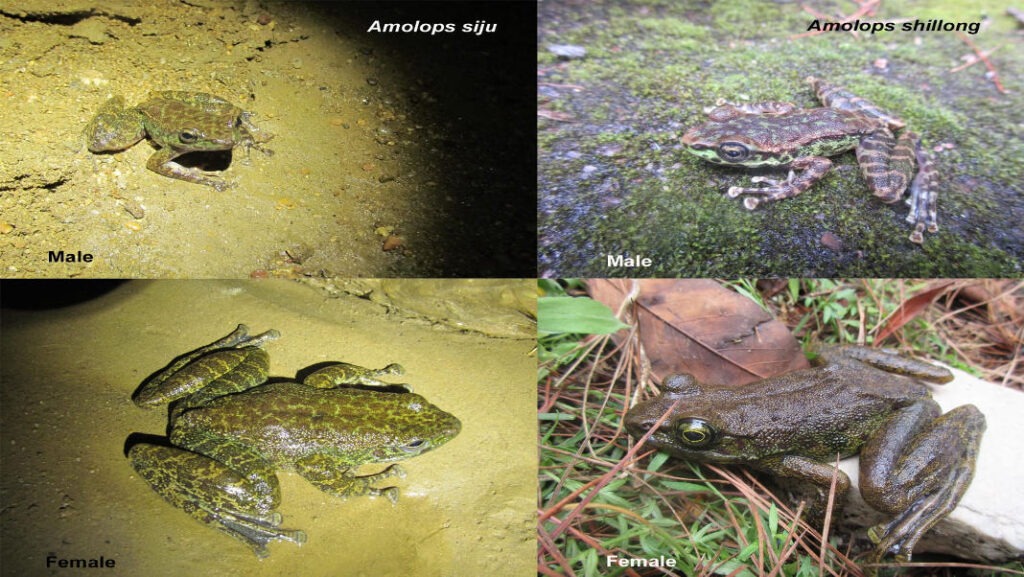
Follow WOWNEWS 24x7 on:
Updated: June 01, 2025 17:54

Scientists from the Zoological Survey of India (ZSI) have identified a new-to-science frog species in the heart of Shillong, Meghalaya. Named Amolops shillong, or the Shillong Cascade Frog, this cryptic amphibian was found thriving in urban streams and fragmented forest patches, challenging conventional notions of biodiversity in city landscapes.
Discovery and Scientific Significance
- The frog was recorded at an altitude of 4,990 feet, marking a rare instance of an amphibian species adapting to urban environments
- Researchers collected three specimens between 2022 and 2023, confirming the species through advanced genetic analysis
- The Shillong Cascade Frog belongs to the Amolops indoburmanensis species complex, closely related to Amolops siju, discovered in Meghalaya’s Siju Cave in 2023
Urban Biodiversity and Conservation Implications
- The discovery underscores the need to integrate biodiversity conservation into urban planning, as cities can serve as habitats for unique and sensitive species
- Scientists emphasize the importance of protecting microhabitats in urban forests, streams, and green corridors to sustain ecological balance
- Cascade frogs are indicators of clean, undisturbed freshwater ecosystems, highlighting the significance of preserving Shillong’s urban water bodies
Morphological Features and Genetic Analysis
- The Shillong Cascade Frog exhibits distinctive characteristics, including variations in size, skin texture, and body proportions compared to its closest relatives
- Molecular studies revealed a genetic divergence of 2 to 3.4 percent from Amolops siju, confirming its classification as a separate species
- The cryptic nature of Amolops frogs makes them visually similar but genetically distinct, requiring precise molecular identification
Research and Conservation Strategies
- Scientists advocate for increased documentation of urban amphibians, as many species remain undiscovered in rapidly developing cities
- Conservationists stress the importance of maintaining ecological corridors to support urban wildlife and prevent habitat fragmentation
- The discovery of Amolops shillong serves as a reminder that urban environments can harbor significant biodiversity, warranting further exploration and protection efforts
Sources: The Hindu, Zoological Survey of India, North Eastern Hill University, Assam University, Meghalaya Directorate of Mineral Resources


